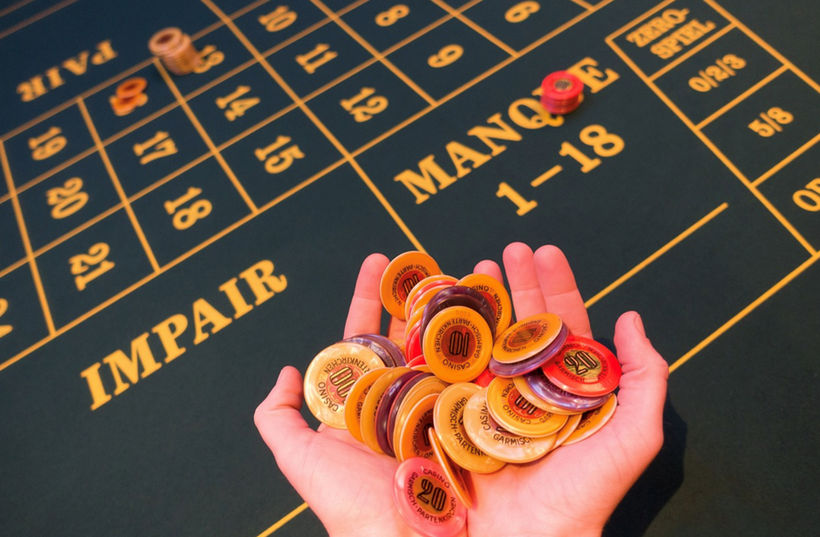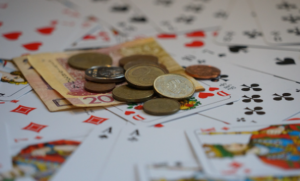
The best roulette players have tested every imaginable roulette betting system, employed numerous rouette tactics and strategies, and come up blank virtually every single time. Why is that? Truthfully, Roulette is a game of chance, and players can do nothing to change the odds in their favor. European Roulette has a house edge of 2.70%, American Roulette has a house edge of 5.26%, and French Roulette can have a house edge as low as 1.35% when this game’s unique rules kick in, notably La Partage and En Prison. But these percentages are not used to determine the most effective roulette betting system. That auspicious honor belongs to an observational system known as Kesselgucken. It’s German, and it has nothing to do with previous results in a roulette game.
This sensible approach to roulette betting is predicated on player observations. But not just any haphazard observations; they must be astute observations. Another important point is that mathematics and statistics don’t feature in the Kesselgucken system. This intelligent betting system doesn’t highlight individual pockets where the ball will land; it works with sectors of the roulette wheel. These are known as octants or groups of eighths on the wheel. Physics-based observational players can make all sorts of assumptions about where the ball might land by slicing up the roulette wheel into the equivalent of pizza slices. The legendary Edward Thorp created this pioneering approach to roulette systems.
Several important elements are brought into play, notably these five:
- The point at which the roulette ball is released onto the wheel track.
- The initial speed of the roulette ball as it leaves the dealer’s hand.
- Gravity’s impact on the roulette ball as it moves around the track and slots into one of the positions.
- The initial speed of the roulette wheel, given that it moves in the opposite direction to the ball’s motion.
- The number of bounces before the ball rests in one of the 37 or 38 positions on the roulette wheel track. This is no as the bounce coefficient.
Computational Analysis of Real-World Data For Roulette Betting
These are complicated calculations that the human mind cannot accurately decipher. That’s why sophisticated software and computer systems are used to input these variables and conjure results. When Edward Thorp and co-creator, Claude Shannon, developed this accurate betting system, computers were allowed in casinos. Owing to the success of this betting system for roulette games, we have the same people to thank for no betting computers being allowed in casinos anymore. This famous approach – the most successful of all roulette betting systems – generated tremendous profits for Edward Thorp at the time.
Each of the five criteria needs to be accurately determined ahead of time for the system to work. Known as the physics-based approach to roulette betting, Kesselgucken doesn’t require information about previous outcomes and luck generally takes a back seat. However, it’s the observational elements collected over a long period that become critical to the success of this method. Unfortunately, many greenhorns make the mistake of insufficient homework when using this betting system.
Too many players meet with failure and quit. Like any betting system, it needs to be fully understood before players can implement it. The physics-based approach, using computing technology, can predict where the ball will land with a tremendous degree of accuracy. Granted, it may be within five spaces, but players can limit their bets to these positions and profit handsomely in the process.
To get the best free roulette systems that really work, see the top 5 proven roulette systems and the video series below. It's the best 100% free information for winning roulette you'll find. It's written by professionals who are really earning a living from roulette. |


